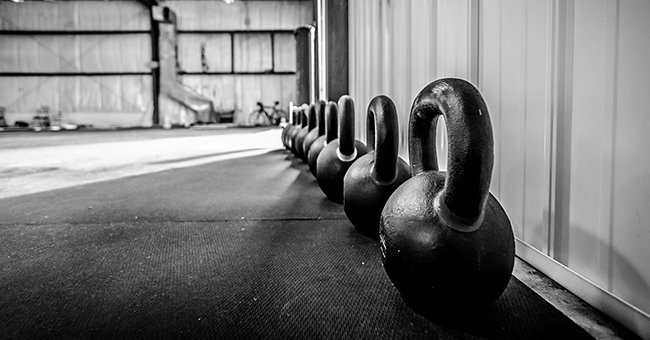Good morning everyone and welcome back to “How To Really Swing a Kettlebell, Part II.”
In this week’s piece I am going to cover the three most common mistakes I see with the kettlebell swing.
Now before I get started, two very quick points. First, for those of you who missed last week’s piece, this week’s piece piggybacks on the information I detailed last week. So if you haven’t read last week’s piece, “How to Really Swing a Kettlebell Part I” I would highly recommend doing so first.
Second, so that you have a reference on how to properly swing a kettlebell and have something to compare the following mistakes to—here is a short video showing proper kettlebell swing form.
Okay, let’s go!
Mistake #1
By far the most common mistake I see when teaching and watching others swing is performing the swing too slow.
As I outlined last week, the swing is a fast, explosive, and powerful movement.
When you perform a swing at the speed shown in video 1, two negatives occur. First, you generate the movement from your lower back muscles instead of your hamstrings. Second, you raise the kettlebell up to your chest level with your shoulders instead of having the kettlebell fly up as a natural result of the power generated by your hamstrings.
Performing the swing too slowly and using your lower back and shoulders, will over stress your lower back musculature and make it impossible to generate any significant amount of explosive power.
Remember, you must drive your hips forward and contract your hamstrings as hard and fast as you can.
Mistake #2
The second most common mistake I see and the most dangerous, is rounding of the lower back.
As I covered in this piece, rounding your lower back while picking up or handling weight, is one of the most dangerous things you can do in a gym. Rounding your lower back when handling weight puts severe pressure on your spine’s intervertebral discs, which over time, will lead to a herniated disc.
While you are performing your swing, you must keep your upper and lower back muscles tight and strong. Doing so will ensure that your lower back and spine stay properly aligned and positioned while keeping them safe and healthy long term.
To achieve this properly, keep your lat muscles contracted throughout the entireswing and think about driving your chest out like a body builder posing on stage.
Mistake #3
The third most common mistake I see is performing what I call a “squat swing.” A squat swing is a swing done in a manner resembling a squat instead of in a manner resembling a deadlift.
The biggest reason why this swing form is a problem is because it will force you to decelerate the kettlebell with your lower back and shoulders at the bottom of the swing. This is not good!
When performing a swing correctly using an explosive deadlift form, while the kettlebell swings back behind your legs, your hamstrings will stretch and naturally decelerate the kettllebell and then snap the kettlebell back forward again. Think of pulling a rubber band backwards and then shooting it off your finger.
When you perform a swing with a squat form, your lower back, shoulders and quads do not naturally stretch backward like your hamstrings do and you will not get any natural deceleration and snapping back forward.
Okay everyone that covers the three most common mistakes I see watching others in the gym, while teaching my clients and how to perform a kettlebell swings.
Catch you all next week!
To our health.
Zach





